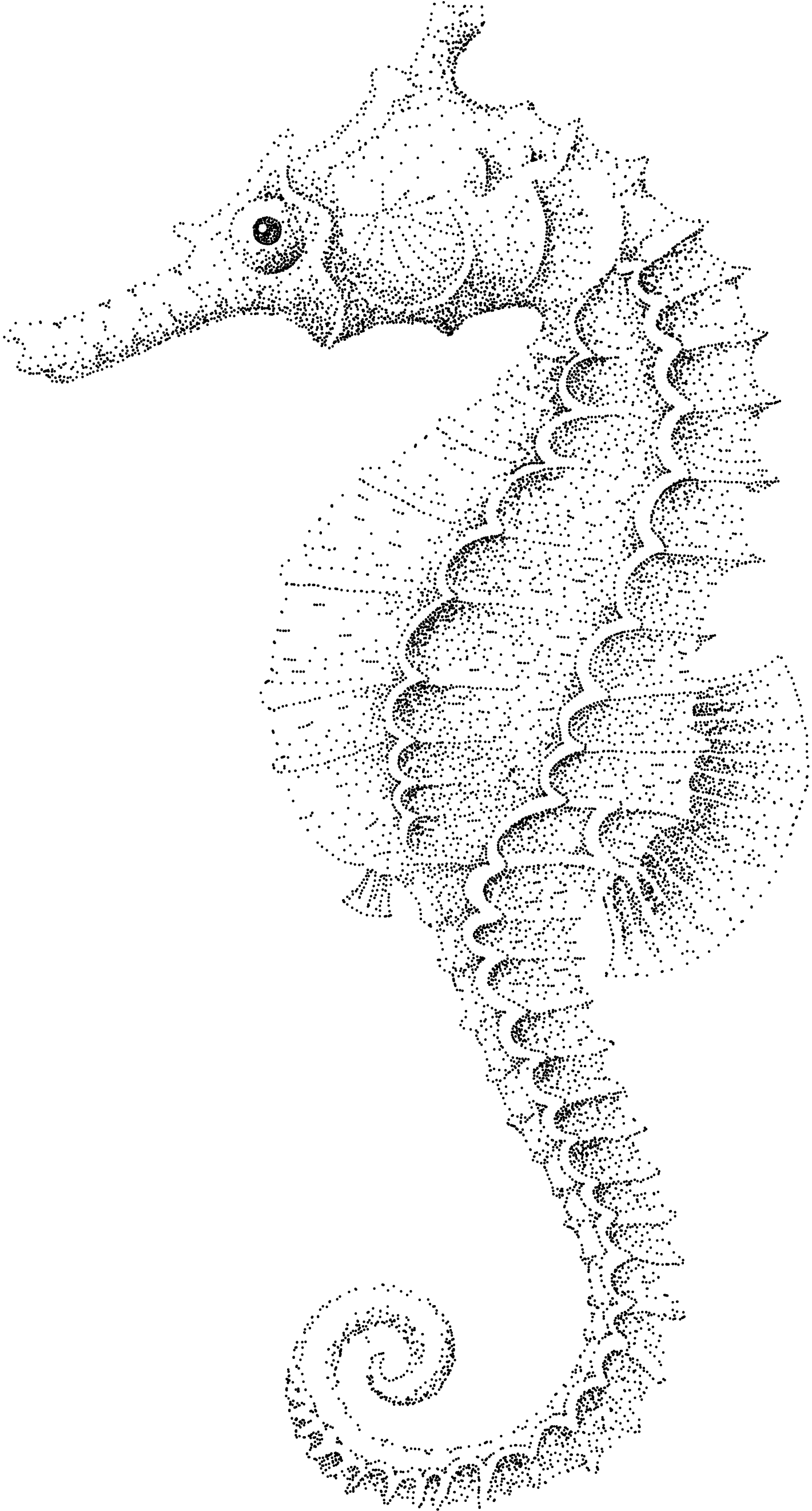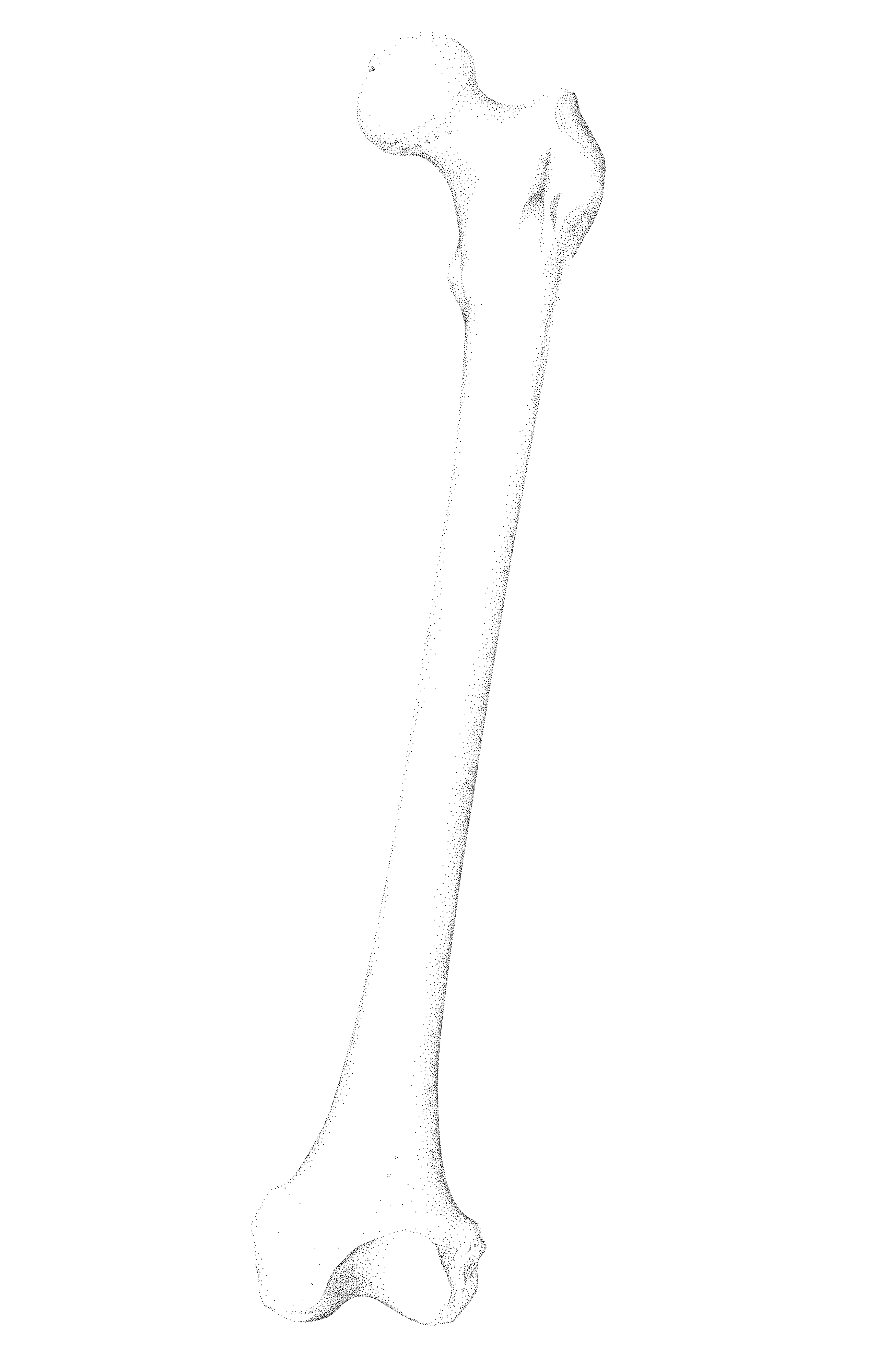PROTO PUBLIC SPACE
When we were looking for the essence of proto - public spaces, we started on vivid streets and little backyards. Coney Island is full of these peculiar spaces, even though they are not maintained properly in some cases. What we could not find, was something common for all of them. Thus we had to look somewhere else, for spaces absolutely necessary for the city, but overlooked on the other hand. Suddenly an abandoned space under the railway came into our view. This void meets the conditions we mentioned above and later we realised that there is a whole collection of these spaces waiting to be explored. Therefore, we called this collection an infrastructure necklace, because they are simply hanged on island’s only public connection accessible to everyone. We recognised different types of these, we could say, residual spaces and much more will definitely emerge after more precise field research. The important fact is that they will exist all the time besides public infrastructure, even if they will be neglected. Because they are so bound to such a clear public function and usually interfere the daily life, we sight a proto - publicness in them. Some of them could easily work as catalysts for the neighbourhood with minimum amount of intervention. Reducing is in that case much more than useless overloading.
infrastructure necklace
If we talk about functions of a infrastructure, it is usually percepted in mean of connections, however, it generates relations within surroundings. Subway tracks on the Coney Island plays also another important role as an integrator. We observe rail infrastructure as a social integrator and on particular places it is clearly visible. A lot of residents are familiar with these spaces and only in one example they are really beneficial for them. Thus we recognize these overlooked spaces as a form of proto public spaces. There is an entire necklace of peculiar public spaces, which are either integrating or separating the surrounding building environment.
infrastructure necklace
If we talk about functions of a infrastructure, it is usually percepted in mean of connections, however, it generates relations within surroundings. Subway tracks on the Coney Island plays also another important role as an integrator. We observe rail infrastructure as a social integrator and on particular places it is clearly visible. A lot of residents are familiar with these spaces and only in one example they are really beneficial for them. Thus we recognize these overlooked spaces as a form of proto public spaces. There is an entire necklace of peculiar public spaces, which are either integrating or separating the surrounding building environment.

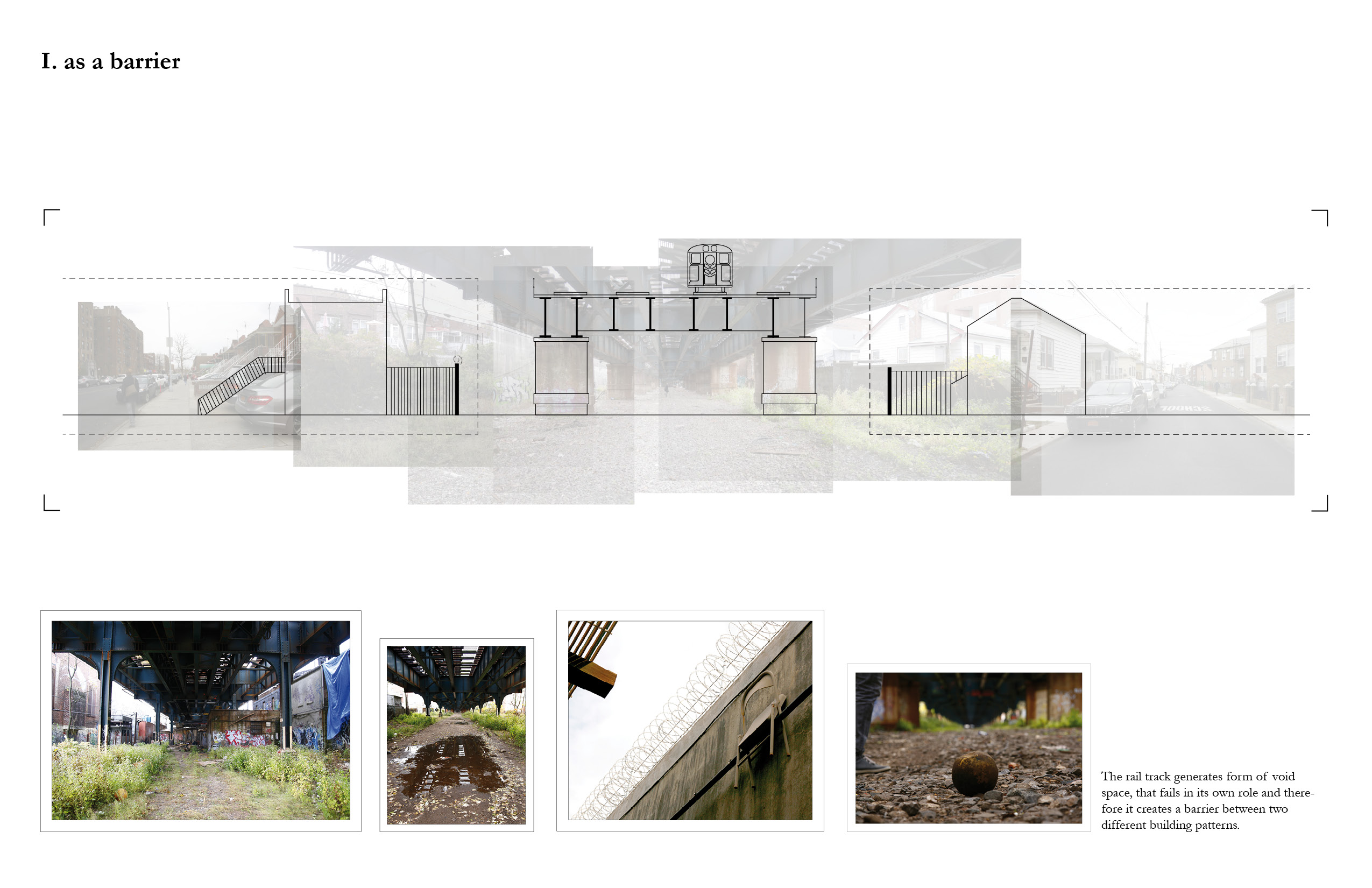




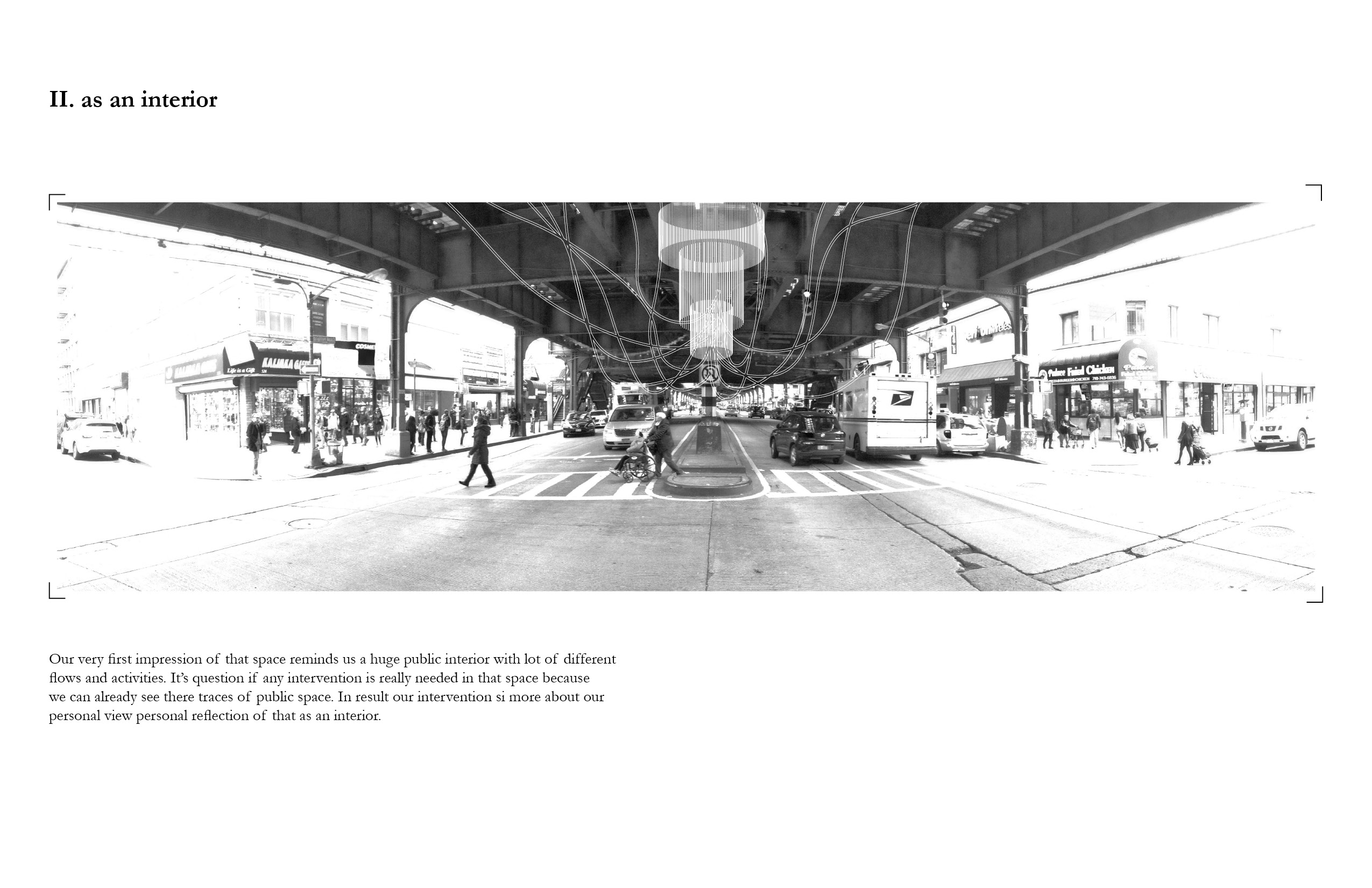
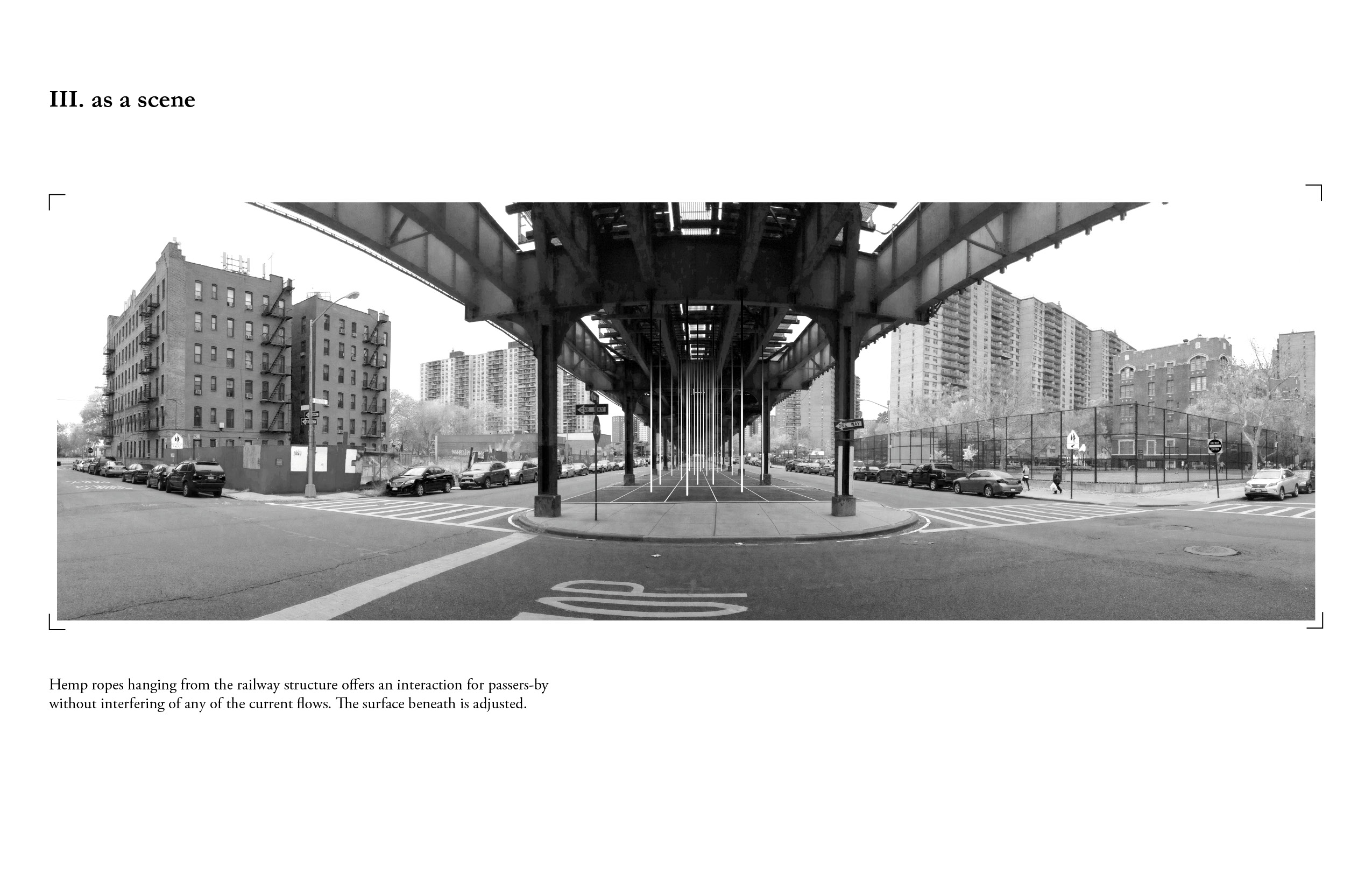
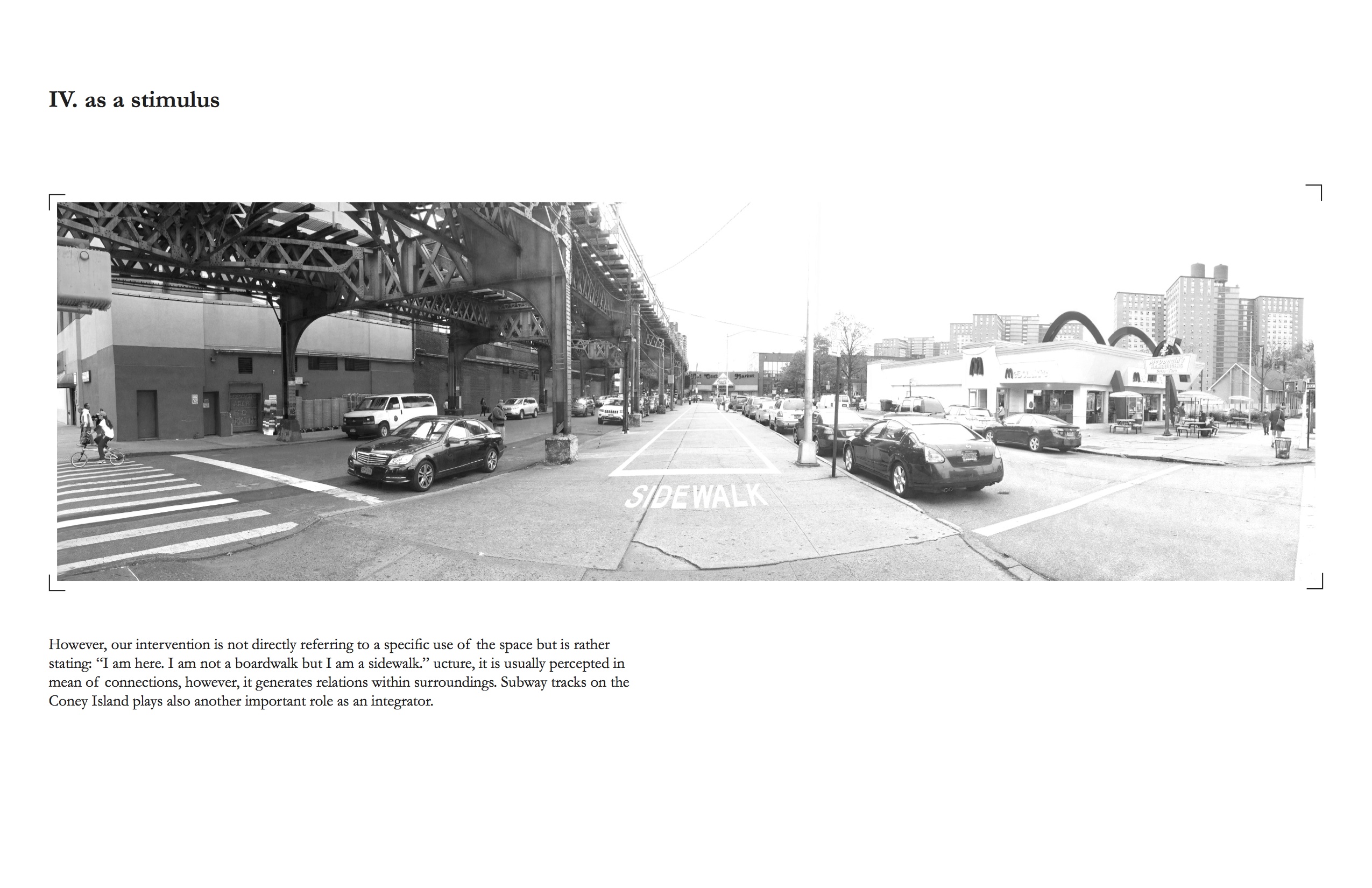

at TU Delft, 2014
led by Prof.dr.ir. Tom Avermaete, Dr.ir. Leeke Reinders, Ir. Hans Teerds
together with Pavel Bouše
︎ PROKOP MATĚJ 2026 ︎
